Everybody talks about it. I didn't get business strategy until Michael Porter
The too long; didn't read (tl;dr) series is my application of what Richard Feynman once said. To understand something, explain it as if you were teaching it to someone who doesn't understand the subject. See Will Schroder – How to remember everything you learn.
All podcasts and articles touch on pieces of his theories. I didn't know how the dots connected. This book — made everything connect!
tl;dr - On "Understanding Michael Porter"
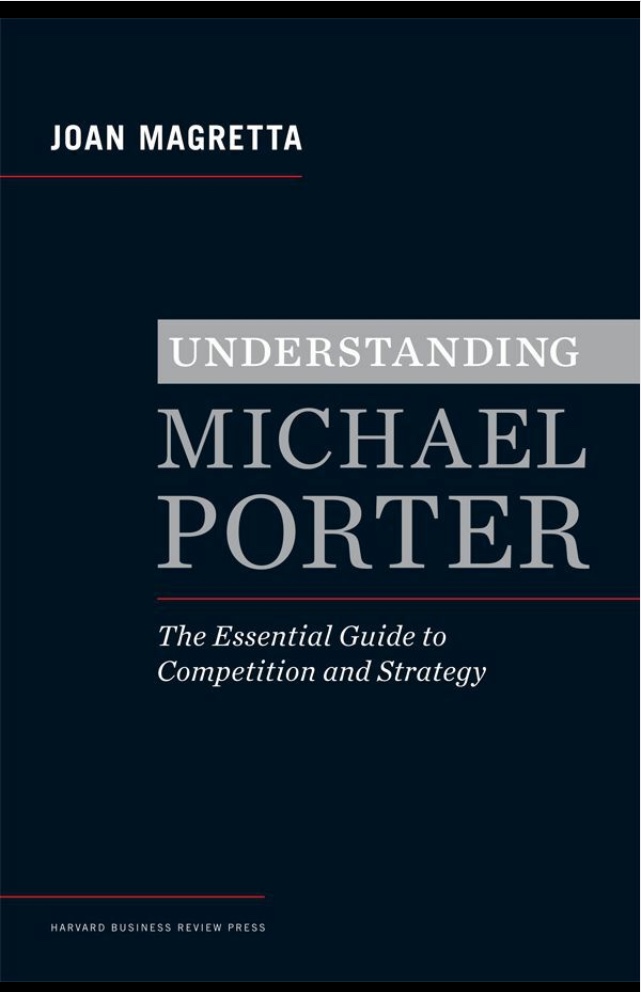
Your rivals are your industry. Be unique among your rivals. It determines everything you do.
Create value by doing different activities or in different order. Choose different customers and problems you solve from your rivals. There are no right or wrongs — there are only trade-offs. The decisions you make will be like forks in a road. They send you along different paths from your rivals. Say YES to what aligns and compliments you. Say NO to everything else. It'll amplify your advantages to charge more and lower your costs. Lastly, know what you stand for — your shared principles, cultural values, purpose, and vision — it sets your direction.
Michael Porter
On Competition
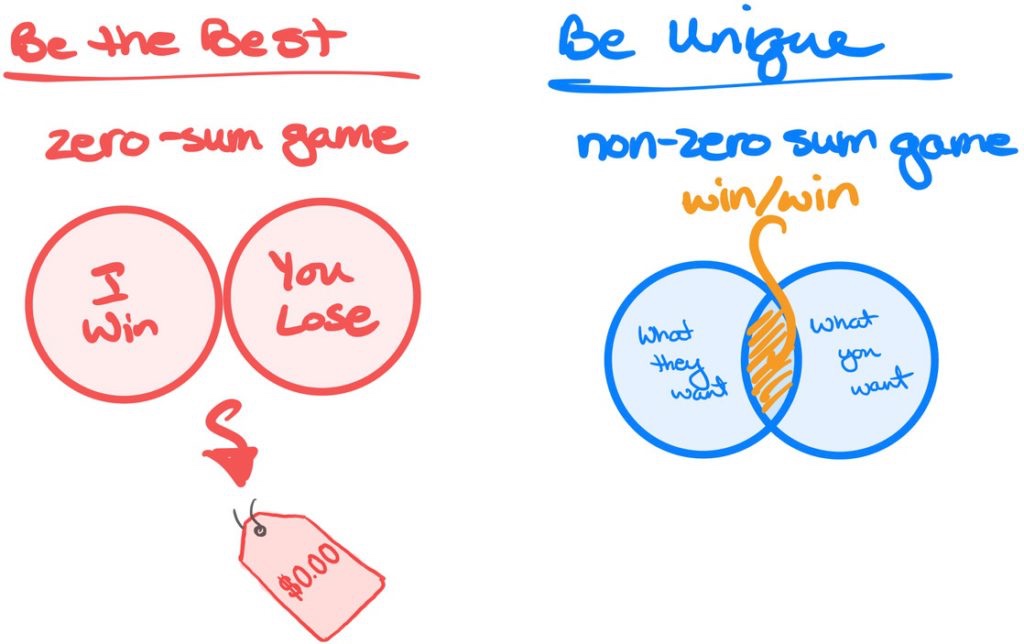
Aim to be unique, not the best. Focus on your customers, not on beating rivals. Aiming for best will put you into a price race to zero.
On Industries
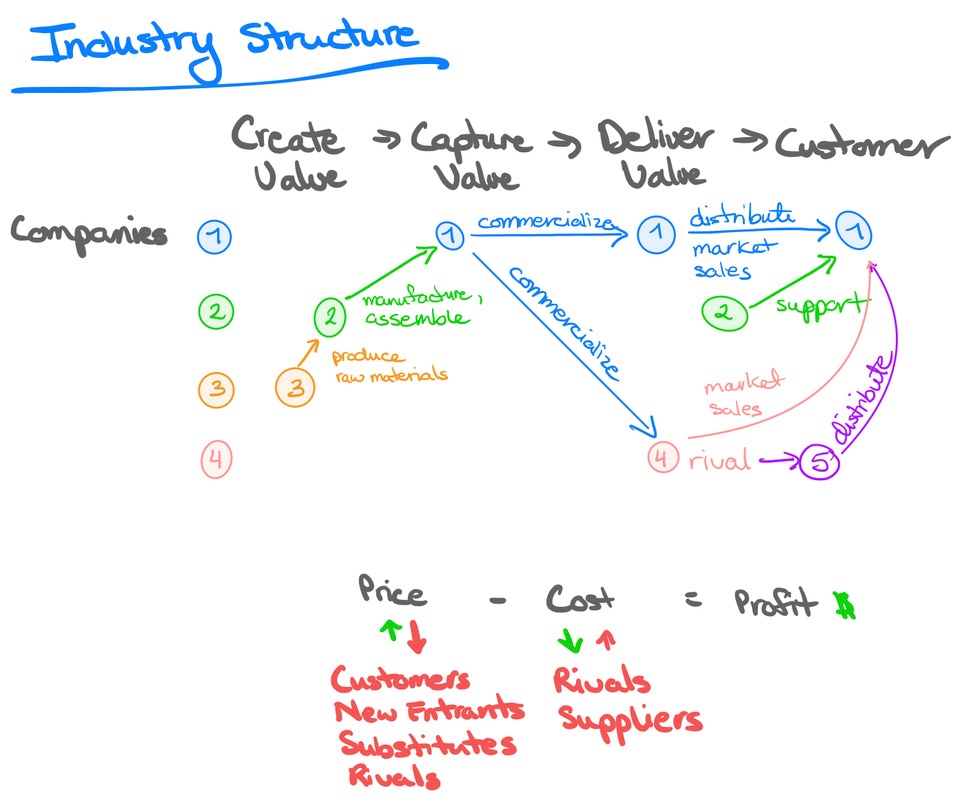
Aim to be unique against rivals, not industry. The industry structure, not traditional categories (e.g. tech, finance, services, etc.) determines its profitability. It'll show you how it "works," who its rivals are, how and who gets a share of the value it creates.
Five forces determine your price, cost, and required investment.
- Customers decide how much they're willing to pay.
- Suppliers decide the minimum cost to manufacture and distribute.
- Producers and New Entrants entice your customers to switch to their alternatives and substitutes.
- Rivals compete and lower the price.
On How You Create Value
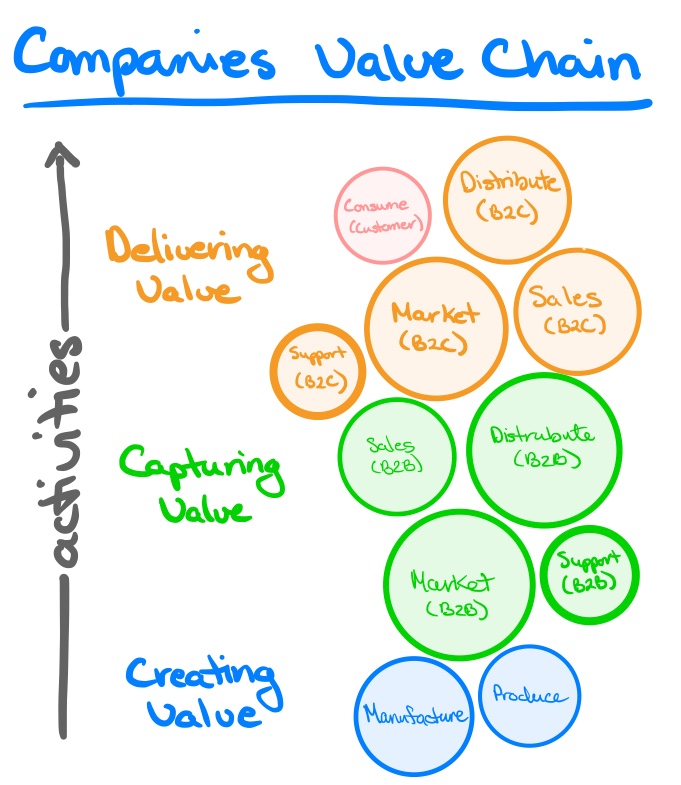
You create value by designing, producing, selling, delivering, and supporting your product.
Your company's value chain is the sequence of these activities — research how your rivals create value. If your value chain looks like your rivals, you're competing to be the best. Don't!
On Creating Value
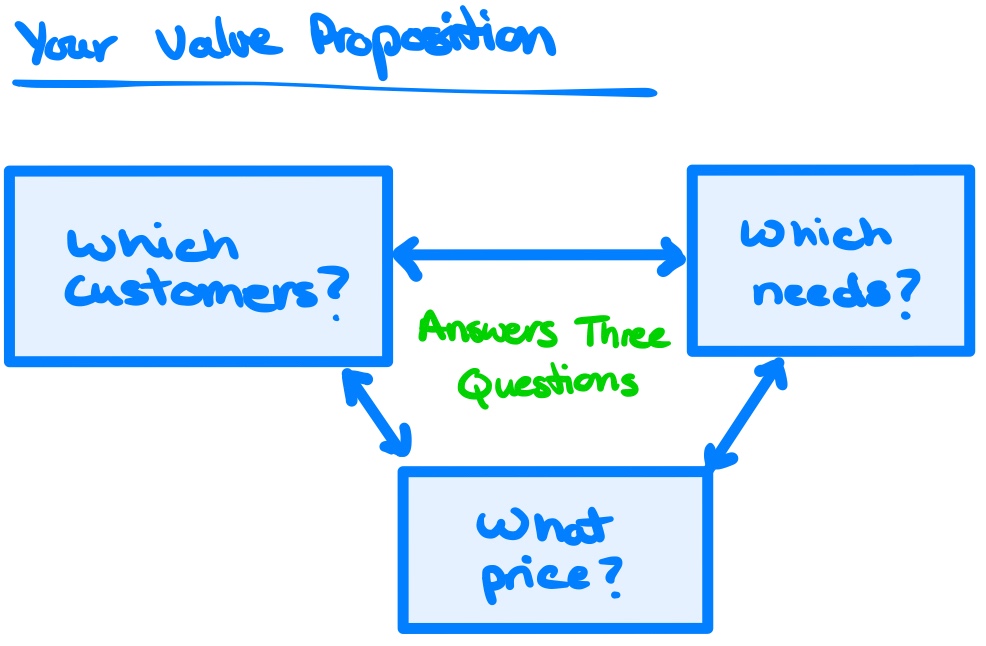
You create value by being intentional. Choose which customers and needs you solve. Identify what to price it at and what profit margin you'll take. The choices are linked — start with one, and it will lead you on the others.
On Making Trade-offs

When you make decisions. You are saying NO to something else. Making choices different & inconsistent from rivals is what makes you unique. Picture a fork in the road. Saying Yes sends you along different paths from your rivals.
Rivals will copy and follow. But they won't be able to deliver your value without changing their own path, rewind, and alter how they create value (i.e. their value chain). The paths they've taken are sown into their identity, who they are, and what they stand for. Changing this like people will be hard, if not impossible.
On Amplifying Price & Cost Advantages
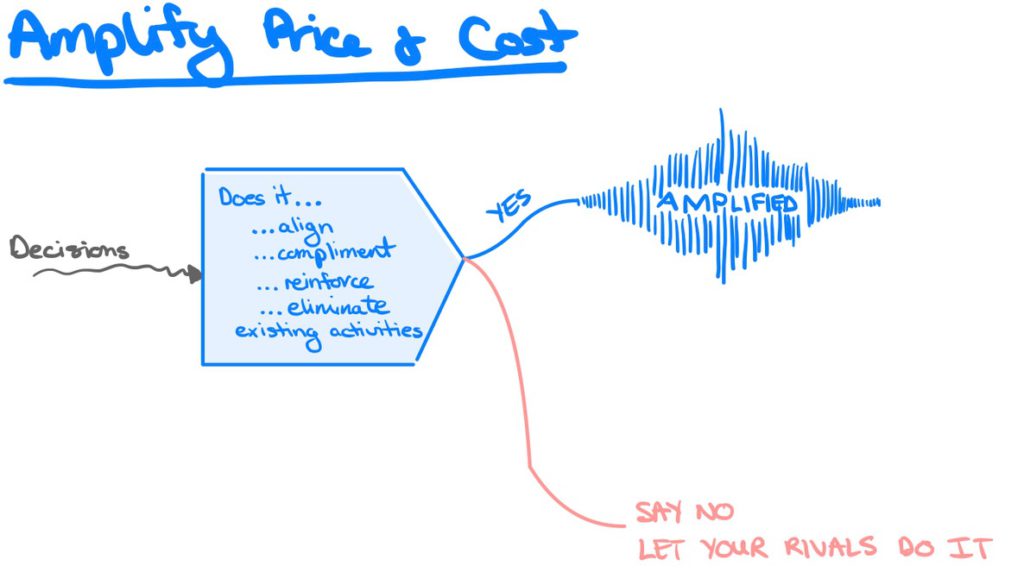
Say YES to what aligns, compliments, reinforces, and eliminates activities. Then say NO to everything else. It amplifies your advantages to charge more and lower your costs.
On Changing Direction
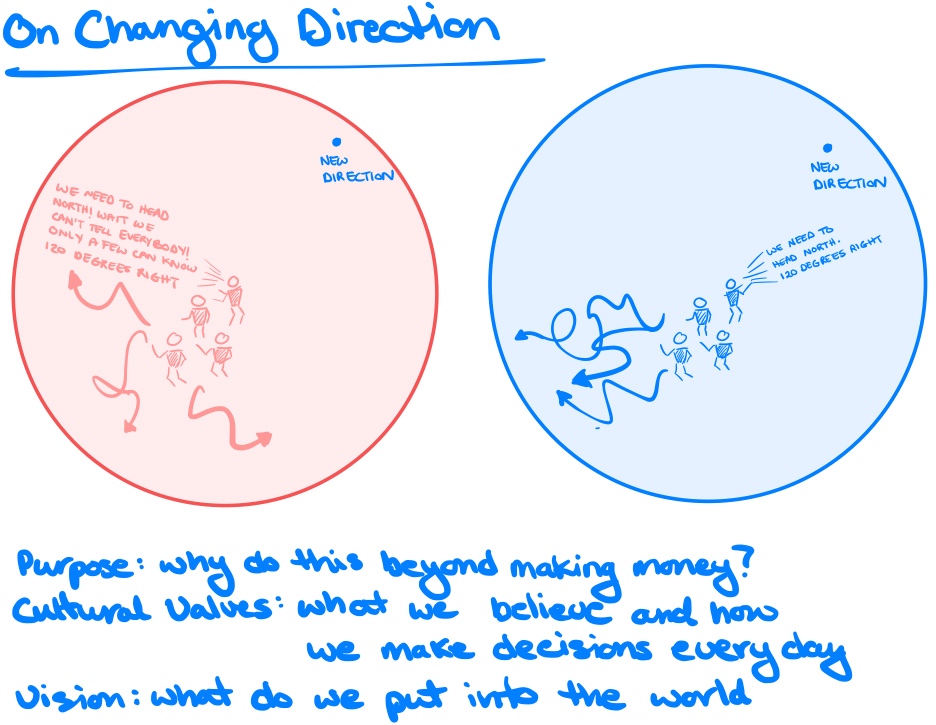
Understand what you stand for — your shared principles, cultural values, purpose, and vision. It sets your direction and decides how you make decisions every day.
It creates continuity for your people. They need to know where you're heading. It offers a clear direction, not a destination; it eliminates distractions. When you need to change direction. You need to know if you've been headed West to steer the ship East, North, South.
On Business Strategy — Open, Shared, and Profits
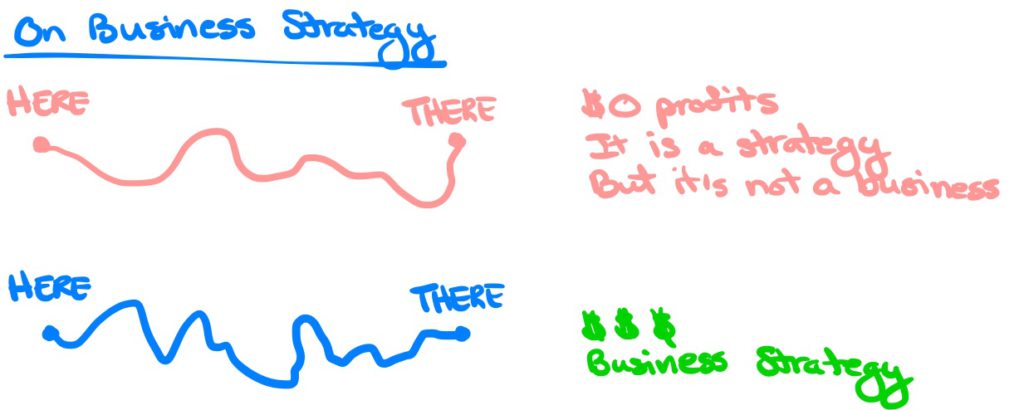
Doing different activities or in different order isn't enough. It must result in a favourable relative price and cost. It is not a competitive advantage or business strategy without profits.
Your strategy must be shared, not kept secret. Teach it to every person in your company. Do it on the company as a whole, and don't have individual departments with their own strategy.